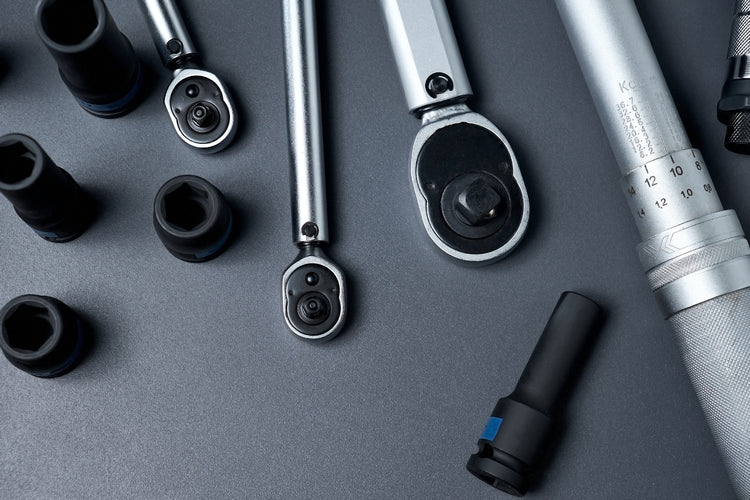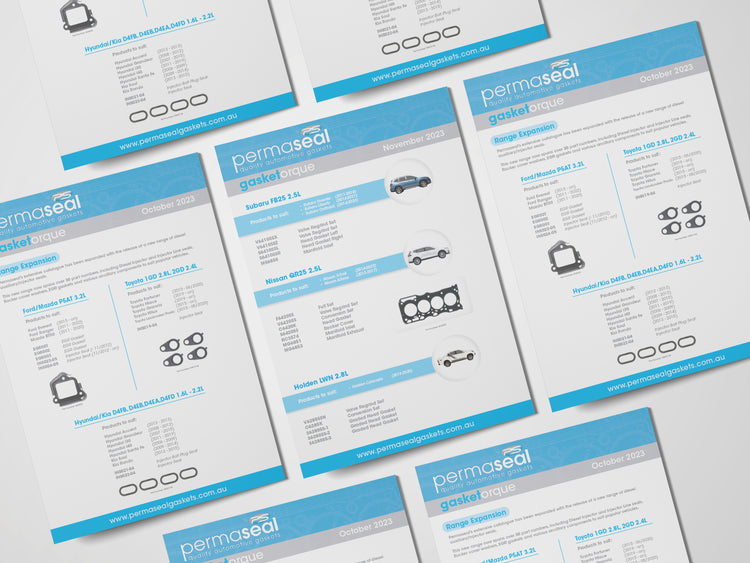
Torque Wrench Calibration
When did you last calibrate yours?
Regular calibration of torque wrenches is an essential part of workshop maintenance. A wrench can quite easily fall out of specification if it is dropped or misused.
As an example, a torque wrench set at 90 ft lb was used to tighten a test bolt in an electronic clamp meter. The clamping force at this setting was 5712 lbs. The wrench was reset to 81 ft lb to duplicate a %10 error; the reading on the clamp meter went down to 3534 lbs, or a reduction of %38.
Usage Tips:
- When torquing a fastener, ensure that the wrench is kept parallel to the surface of the work, as with micrometer type wrenches, variations will occur in the reading if the wrench is allowed to deviate off the parallel line.
- When using a micrometer adjusted torque wrench, upon completion of the job it is important to ensure the barrel is returned to a zero reading, allowing the spring mechanism to settle. Micrometer wrenches will develop errors if this is not done.
- When using a torque wrench, apply the load smoothly, as sudden jerking of the wrench causes deflection, giving a false reading.
- It is essential that torque wrenches are looked after by being kept clean, correctly stored, and used for appropriate tasks.
The Australian Standard, AS 4115-1993, Hand Torque Tools, specifies “the torque to be applied with an increasing torsional force until the test value is indicated, the
increase in the force above 80 percent of this value is to be applied smoothly during a period of 1-4 seconds unless otherwise indicated by the manufacturer.”


